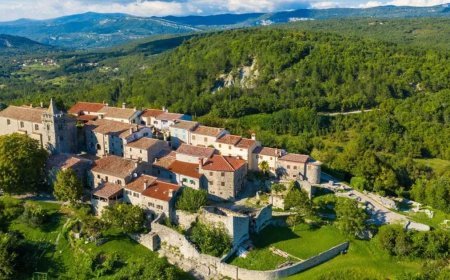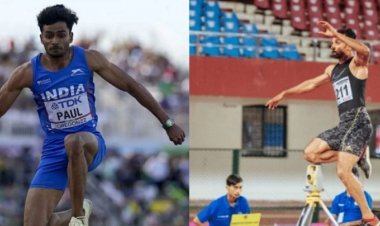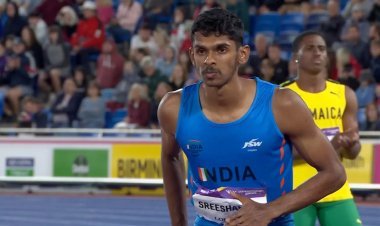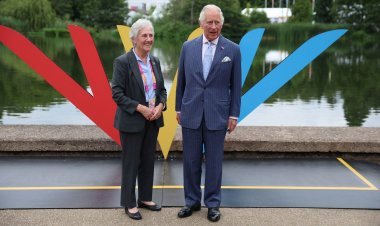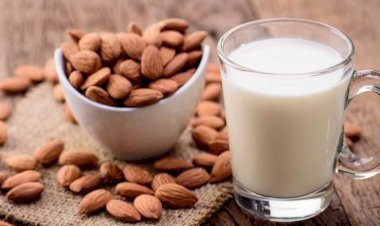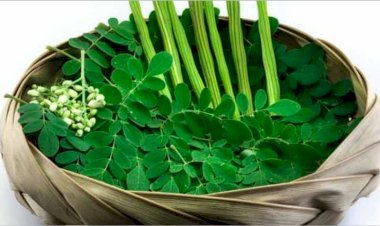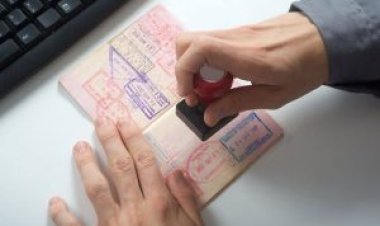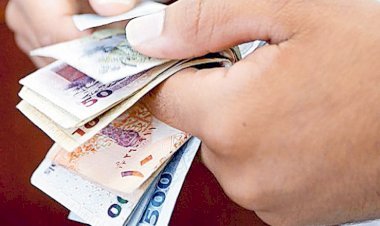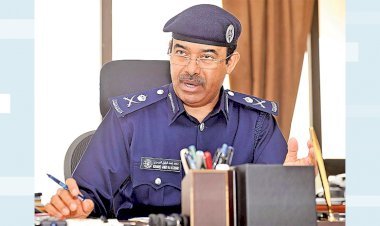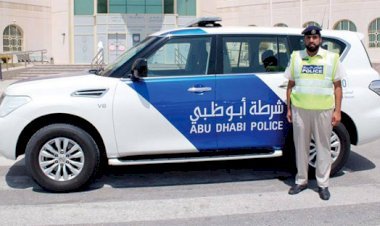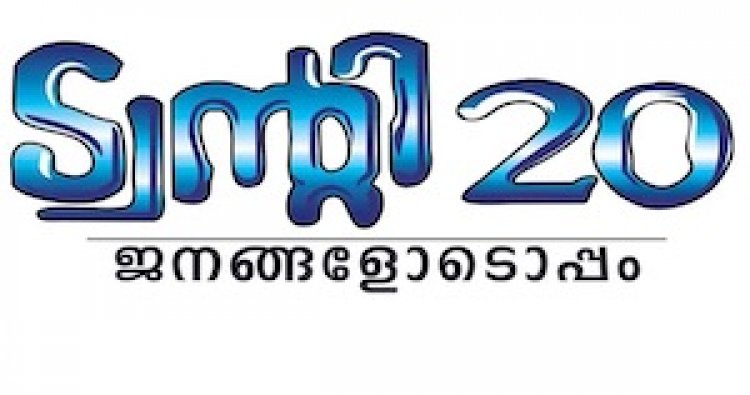STROKE AN OVERVIEW
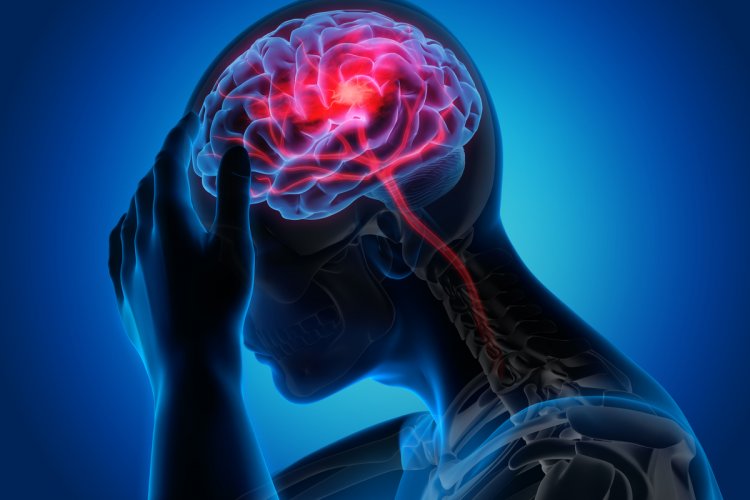
Stroke is a common disease, with one in four people affected over their lifetime and is the second leading cause of death and third leading cause of disability in adults worldwide.
Definition of stroke
A stroke, sometimes called a brain attack, happens when blood flow to an area of the brain is blocked or when a blood vessel in the brain bursts. Stroke is defined as a neurological deficit attributed to an acute focal injury of the CNS (ie, brain, retina, or spinal cord) by a vascular cause. Most strokes are ischaemic due to reduced blood flow, generally resulting from arterial occlusion. A rarer type of ischaemic stroke is venous infarction due to occlusion of cerebral veins or venous sinuses. The remaining 10–40% of stroke is haemorrhagic and result from the rupture of cerebral arteries.
What happens in the brain during a stroke?
The brain controls our movements, stores our memories, and is the source of our thoughts, emotions, and language. The brain also controls many functions of the body, like breathing and digestion.
To work properly brain needs oxygen. Arteries deliver oxygen-rich blood to all parts of brain. If something happens to block the flow of blood, brain cells start to die within minutes, because they can’t get oxygen. This causes a stroke
Epidemiology and risk factor
The 2016 Global Burden of Disease data that were published in 2019 indicate that one in four people will have a stroke in their lifetime. The absolute incidence is expected to increase with an ageing population.
The most potent risk factor for stroke is high blood pressure, which applies to both ischaemic stroke and intracerebral haemorrhage. Smoking, diabetes, hyperlipidemia, and physical inactivity are also significant risks and require interventions that are regulatory and are based in the community to alter lifestyle and the environment, as well as individual treatment. Atrial fibrillation is a specifc risk factor for ischaemic stroke.
Stroke Signs and Symptoms
• Numbness, weakness in an arm, leg or the face, especially on one side
• Abnormal or slurred speech
• Difficulty with comprehension
• Loss of vision or difficulty seeing
• Loss of balance, coordination, or the ability to walk
Strokes are usually diagnosed by doing physical tests and studying images of the brain produced during a scan
A number of tests can be done to confirm the diagnosis and determine the cause of the stroke.
This may include:
A number of tests can be done to confirm the diagnosis and determine the cause of the stroke.
This may include:
• A blood test to find out cholesterol and blood sugar level
• checking the pulse for an irregular heartbeat
• taking a blood pressure measurement
Brain imaging
Even if the physical symptoms of a stroke are obvious, brain imaging should also be done to determine:
• if the stroke has been caused by a blocked artery (ischaemic stroke) or burst blood vessel (haemorrhagic stroke)
• which part of the brain has been affected?
• how severe the stroke is?
The 2 main types of scans used to assess the brain in people who have had a suspected stroke are:
• a CT scan
• an MRI scan
• Carotid ultrasound
• A carotid ultrasound scan can help to show if there is narrowing or blockages in the neck arteries leading to brain.
• Echocardiography
• An echocardiogram makes images of heart to check for any problems that could be related to the stroke.
Stroke unit
Ideally, people who have had a stroke are admitted to a “stroke unit”, a ward or dedicated area in a hospital staffed by nurses and therapists with experience in stroke treatment. It has been shown that people admitted to a stroke unit have a higher chance of surviving than those admitted elsewhere in hospital, even if they are being cared for by doctors without experience in stroke.
Ischemic Stroke Treatment
• Ischemic stroke is treated by removing obstruction and restoring blood flow to the brain. The only U. S. Food and Drug Administration (FDA)-approved medication for ischemic stroke is tissue plasminogen activator (tPA), which must be administered within a four-hour window from the onset of symptoms. Unfortunately, only 3- 5 percent of those who suffer a stroke reach the hospital in time to be considered for this treatment.
• A small number of severe ischaemic strokes can be treated by an emergency procedure called a thrombectomy.
• This removes blood clots and helps restore blood flow to the brain.
• Thrombectomy is only effective at treating ischaemic strokes caused by a blood clot in a large artery in the brain.
Aspirin and other antiplatelets
Most people will be offered a regular dose of aspirin. Aspirin is an antiplatelet, which reduces the chances of another stroke. Other antiplatelet medicines used, are clopidogrel and dipyridamole.
Other medicines include BP lowering agents and medicines for cholesterol.
Treating haemorrhagic strokes
As with ischaemic strokes, some people who have had a haemorrhagic stroke will also be offered medicine to lower their blood pressure and prevent further strokes.
Surgery
Occasionally, emergency surgery may be needed to remove any blood from the brain and repair any burst blood vessels. This is usually done using a surgical procedure known as a craniotomy
What is stroke rehabilitation?
Rehabilitation can include working with speech, physical, and occupational therapists.
• Physical therapy involves using exercise and other physical means (e.g., massage, heat) and may help patients regain the use of their arms and legs and prevent muscle stiffness in patients with permanent paralysis.
• Speech therapy may help patients regain the ability to speak.
• Occupational therapy may help patients regain independent function and relearn basic skills (e.g., getting dressed, preparing a meal and bathing)
Prognosis
Disability affects 75% of stroke survivors enough to decrease their ability to work. Stroke can affect people physically, mentally, emotionally, or a combination of the three. The results of stroke vary widely depending on size and location of the lesion.
Physical effects
Some of the physical disabilities that can result from stroke include muscle weakness, numbness, pressuresores, pneumonia, incontinence, apraxia (inability to perform learned movements), difficulties carrying out daily activities, appetite loss, speech loss, vision loss and pain. Up to 10% of people following a stroke develop seizures
Emotional and mental effects
Emotional and mental dysfunctions correspond to areas in the brain that have been damaged. Emotional problems following a stroke can be due to direct damage to emotional centers in the brain or from frustration and difficulty adapting to new limitations. Post-stroke emotional difficulties include anxiety, panic attacks, flat affect (failure to express emotions), mania, apathy and psychosis.
30 to 50% of stroke survivors suffer post-stroke depression, which is characterized by lethargy, irritability, sleep disturbances, lowered self-esteem, and withdrawal. Depression can reduce motivation and worsen outcome, but can be treated with social and family support, psychotherapy and, in severe cases, antidepressants.
Emotional lability, another consequence of stroke, causes the person to switch quickly between emotional highs and lows and to express emotions inappropriately, for instance with an excess of laughing or crying with little or no provocation.
Cognitive deficits resulting from stroke include perceptual disorders, aphasia, dementia and problems with attention and memory.
How to prevent stroke?
1. Control high blood pressure (hypertension).
2. Quit tobacco. Smoking raises the risk of stroke.
3. Control diabetes.
4. Manage a healthy weight. Being overweight contributes to other stroke risk factors such as high blood pressure, cardiovascular disease and diabetes. It may lower blood pressure and improve your cholesterol levels.
5. Eat a diet rich in fruits and vegetables. A diet containing five or more daily servings of fruits or vegetables may reduce the risk of stroke.
6. Exercise.
What's Your Reaction?


























